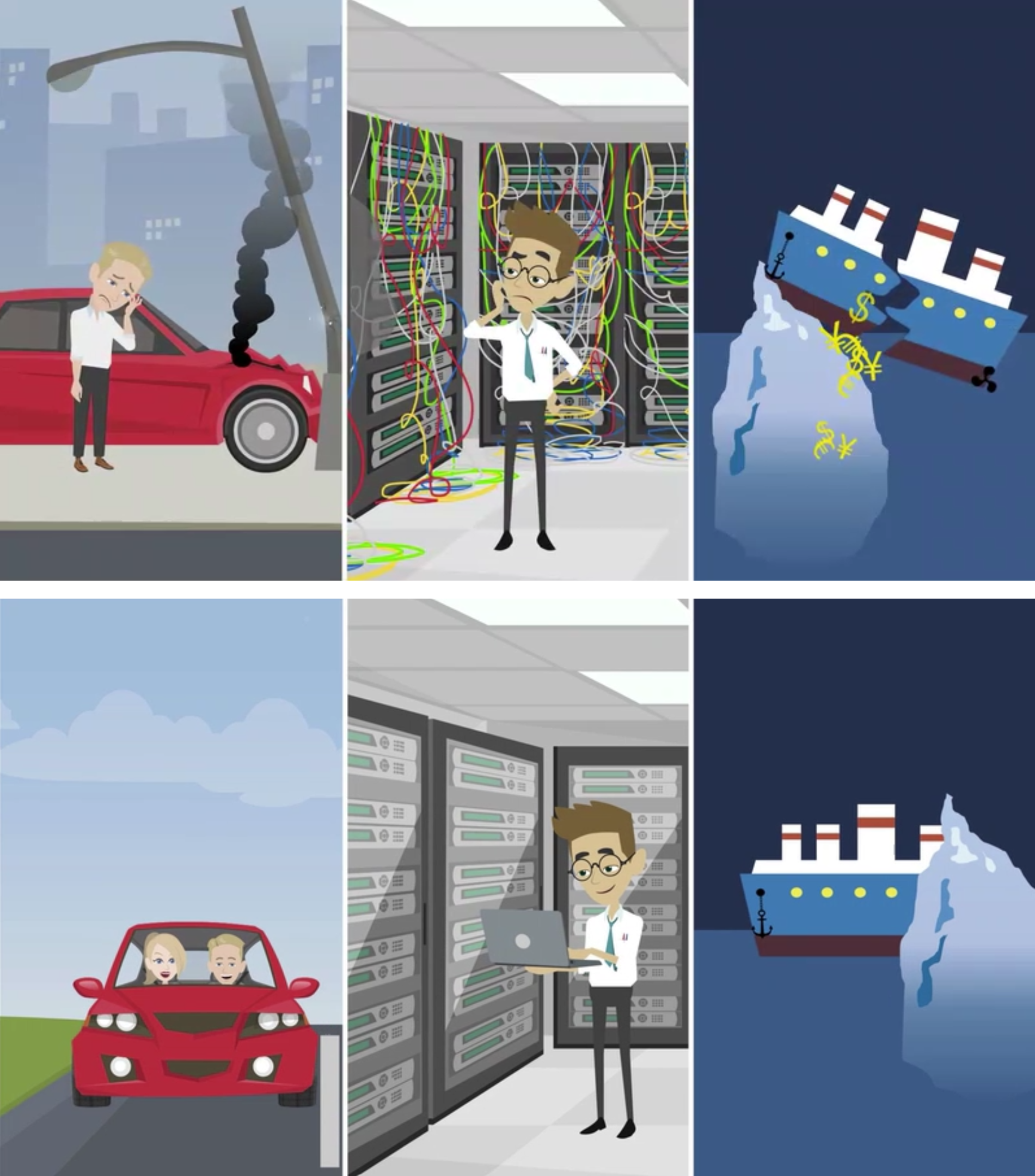How to see unforeseen circumstances when planning a brilliant project.
Many projects are knocked off course by events that seem to occur out of the blue. But they often could be anticipated. And, by expecting the unexpected, we could plan with more confidence, efficiency and value.
The process of planning everything in life, either at work or at home, automatically generates a feeling of confidence and self-assurance.
No longer are we slaves to fortune. We feel like we’re in the driving seat and in control. And, to an extent we are.
However, as our shoulders fall and we celebrate our preparedness, there are uncertainties waiting around the corner, ready to hit us like a broadside accident. Suddenly, the plan that seemed sewn up begins to unravel, thanks to circumstances beyond our control.
All project managers are familiar with this sinking feeling but there are some, not only in successful companies but also national governments, who have decided to prevent it.
Nonsensical though it sounds, they plan for uncertainties before they happen and before their projects kick off.
It’s a kind of pre-emptive quality assurance process. In order to achieve robustness, you choose the right process for spotting the right projects.
Not all swans are black.
All uncertainties are uncertain. But some are more uncertain than others.
So-called ‘black swans’ - such as global pandemics, earthquakes and wars - really do come out of nowhere and, to predict them, you’d need to be a fortune teller. So, nobody tends to worry too much about these.
However, when you think about it, many uncertainties are much more predictable or likely. There are plenty of white swans to spot.
For example, when you set off for a drive in your car, it is not beyond the realms of possibility that it will break down. Or it’s possible that your flight to Majorca could be delayed. Or it’s December, so you might catch a cold.
So, with an eye on your project, why not imagine what these issues could, potentially, be?
This process is best done in a face-to-face workshop setting, with a broad spectrum of stakeholders.
Planned and facilitated well, this session (which could last from half a day to two days) will generate tens or hundreds of potential uncertainties that would, ordinarily, have been overlooked. Or at least ignored for the time being.
To avoid icebergs, jump into the aquarium.
Although we’re mixing our water-based metaphors, both are useful to visualise the importance of noticing uncertainties before detailed project planning begins.
What’s crucial is that the vast majority of uncertainties - about 90% - live outside of a project in the beginning.
When we plan, we see the tip of the iceberg but it’s what’s going on below the waterline that can sink the ship.
On a different scale, it’s useful to think of a project as a kind of aquarium. A defined and controlled environment. However, there are some ‘uncertainty fish’ in there.
During a guided brainstorming, you spot and collect uncertainties and share them using Post-its®
These sticky notes tell us what the fish are. To make sense of things, we now must get into the water and sort them out.
We begin to see patterns and groups and similarities. We can now visualise these pockets of uncertainty and rank them. For example, we can chart our top ten uncertainties.
What comes next is totally different.
Because we have prefaced our planning work with a deep dive into uncertainties and made them ‘real’, we can now add some of this reality into our normal planning procedures.
This will make a major difference. Factoring in uncertainties will have an impact on timings, budgets, durations, everything.
Estimation will be tighter. Money spent more effectively. Levels of stress will fall substantially. And people in the team will feel a genuine understanding of what the project actually is.
In a way, by thinking slowly at the start, everyone can act faster.
Don’t try this at the office.
As with anything to do with project planning, this way of thinking needs careful and professional guidance.
The principles are, hopefully, simple to understand but the devil is in the detail.
By increasing the depth of your thinking, you will inevitably broaden your choices - and you need to make the right ones for the system to work.
See how it works on YouTube.
You can find interesting videos about how to on Henriks YouTube channel “Risk Management & EBIT Styring”. The videos are subtitled and YouTube can auto translate to many other languages.
E.g., videos about “Top10 uncertainties”, “The S-curve”, “The broad spectrum analysis group”, “What do we know – and not know | Unknown Unknowns”
For more details – visit COMPILOT.dk
You can order the handbook “Proactive Management of Uncertainty using the Successive Principle”, Dr. Tech Steen Lichtenberg.

